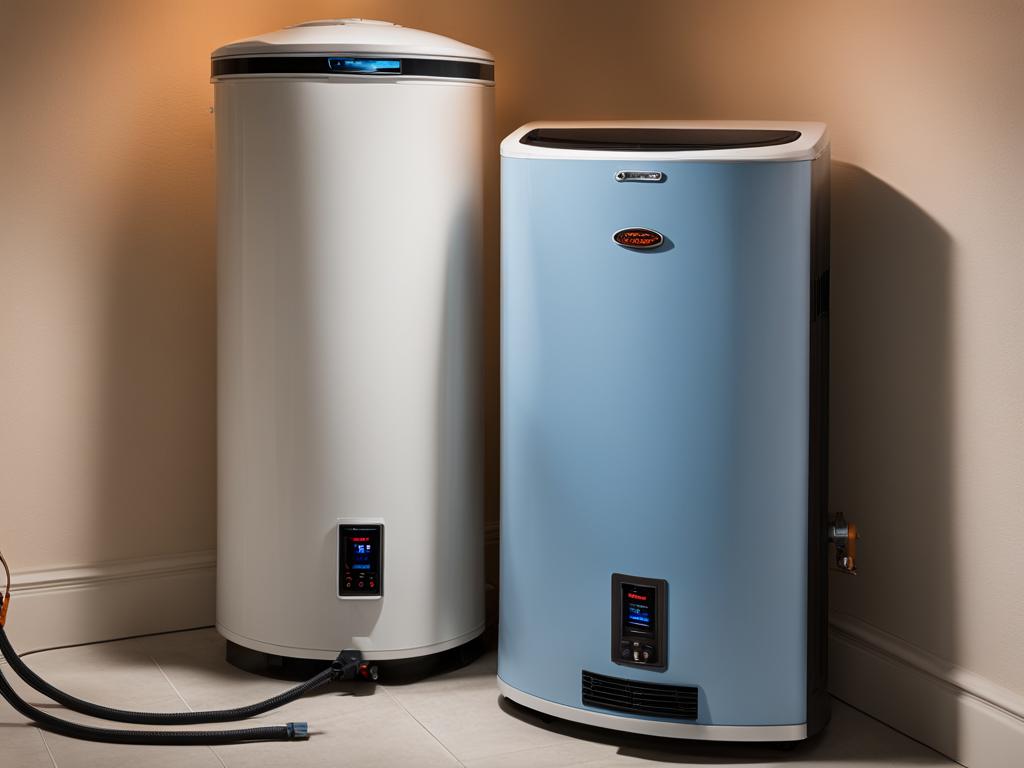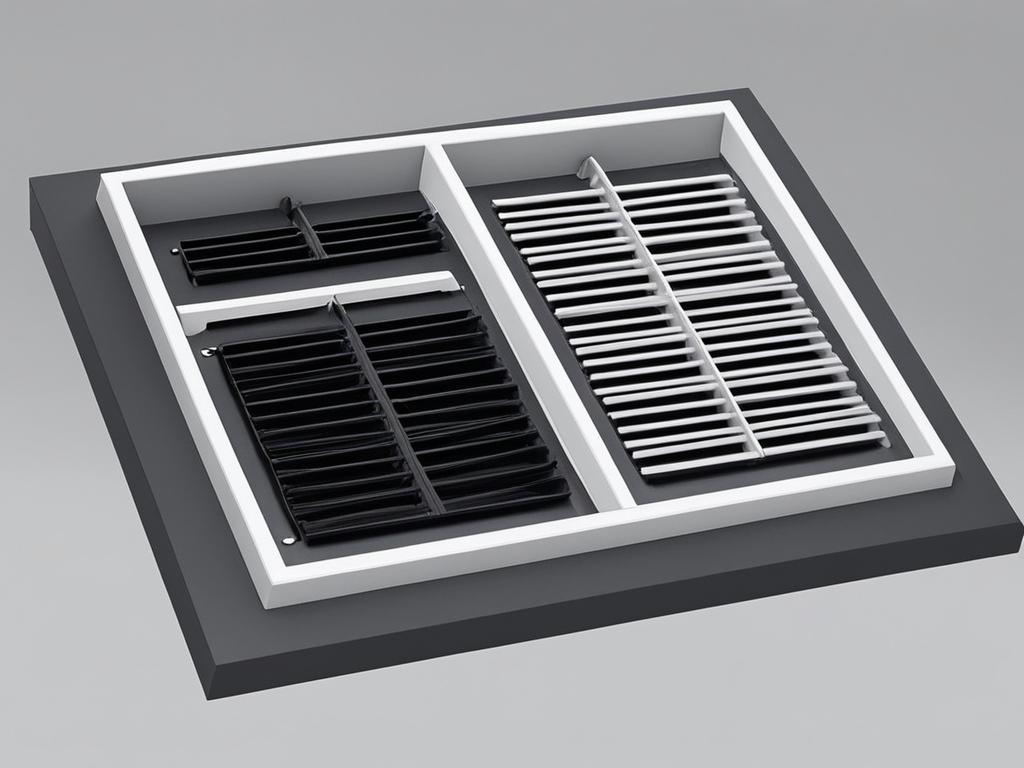When it comes to choosing the right ventilation system for your gas water heater, furnace, fireplace, or boiler, there are two main options to consider: power vent and direct vent. Understanding the key differences between these two systems can help you make an informed decision that meets your specific needs and budget.
Power vent water heaters utilize a powered venting fan to remove combustion gases, while direct vent water heaters vent the gases through a chimney or exhaust pipe. This fundamental distinction sets the groundwork for a range of differences in terms of installation requirements, cost, and efficiency.
Direct vent water heaters have the advantage of lower water heating costs, as the exhaust gases are vented vertically without the need for extra power. Additionally, they operate more quietly. On the other hand, power vent water heaters use a blower or fan to exhaust gases horizontally, allowing for greater flexibility in installation as they do not require a chimney or vertical vent. However, this convenience comes with a higher initial cost due to the additional equipment and the need for electricity to operate the fan or blower.
Key Takeaways:
- Power vent water heaters utilize a fan to remove combustion gases, while direct vent water heaters use a chimney or exhaust pipe.
- Direct vent water heaters have lower operating costs and operate more quietly.
- Power vent water heaters can be installed in any area without a vertical vent or chimney, but have a higher initial cost and potential noise issues.
- The choice between power vent and direct vent depends on the availability of a chimney or vertical vent, installation requirements, and budget.
- Consider the long-term costs and benefits, as well as the specific needs of the heating system, to make an informed decision.
Pros and Cons of Power Vent vs Direct Vent Water Heaters
When it comes to choosing between power vent and direct vent water heaters, there are several factors to consider. Each type has its own advantages and disadvantages, which can greatly impact your decision. Let’s take a closer look at the pros and cons of power vent and direct vent water heaters:
Power Vent Water Heaters:
- Pros:
Power vent water heaters offer some distinct benefits:
- They can be installed in any area without the need for a vertical vent or chimney, making them suitable for homes or buildings where a chimney is not available.
- They have the ability to vent gases horizontally, providing flexibility in installation.
- In certain situations, power vent water heaters can be more cost-effective compared to direct vent models.
- Cons:
Despite their advantages, power vent water heaters also have some drawbacks:
- They have a higher initial cost due to the additional equipment required and the need for electricity to operate the fan or blower.
- Over the lifespan of the water heater, the increased hot water heating costs can outweigh the initial savings.
- Depending on the installation and quality of the unit, there may be some noise generated by the fan or blower.
To illustrate the differences between power vent and direct vent water heaters, here is a table summarizing their pros and cons:
| Power Vent Water Heaters | Direct Vent Water Heaters | |
|---|---|---|
| Pros |
|
|
| Cons |
|
|
By taking these pros and cons into consideration, you can make an informed decision on which type of water heater is best suited for your needs and budget.

Choosing the Right Ventilation Solution
When deciding between a power vent and a direct vent system, several factors should be considered. One of the key considerations is the availability of a chimney or vertical vent in the installation location.
Direct vent systems are a more economical choice if you have a chimney or vertical vent. They offer lower water heating costs and operate more quietly. This option is ideal for situations where there is an existing venting infrastructure in place.
On the other hand, power vent systems are necessary when a chimney or vertical vent is not available. These systems provide flexibility in terms of installation location. However, they come with higher initial costs and potential noise from the fan or blower. It’s important to evaluate the specific needs of your HVAC system and consider the long-term costs and benefits before deciding between power vent and direct vent systems.
FAQ
What is the difference between a power vent and a direct vent?
Power vent water heaters remove combustion gases using a powered venting fan, while direct vent water heaters vent the gases through a chimney or exhaust pipe.
What are the pros and cons of power vent water heaters?
Pros of power vent water heaters include the ability to be installed in any area without the need for a vertical vent or chimney, suitability when a chimney is not available, the ability to vent gases horizontally, and potential cost-effectiveness. Cons include higher initial cost due to additional equipment and the need for electricity to operate the fan or blower, increased hot water heating costs over the lifespan, and potential noise from the fan or blower.
What are the pros and cons of direct vent water heaters?
Pros of direct vent water heaters include lower water heating costs due to the venting of gases vertically without the need for extra power, and quieter operation. Cons include limitations in installation location due to the requirement of a chimney or vertical vent.
How do I choose between a power vent and a direct vent system?
Choosing between a power vent and direct vent system depends on the availability of a chimney or vertical vent, the specific requirements of the installation location, and the budget.
Can a power vent water heater be installed without a chimney or vertical vent?
Yes, power vent water heaters can be located in any area, as they do not require a vertical vent or chimney.
What are the long-term costs and benefits of power vent vs direct vent systems?
Consider the higher initial cost and potential noise of power vent systems, as well as the lower water heating costs and quieter operation of direct vent systems, to make an informed decision.
Are power vent water heaters noisy?
Noise can be a drawback with power vent water heaters, although proper installation can minimize or eliminate the sound.
What are power vent systems used for?
Power vent systems are necessary when a chimney or vertical vent is not available, allowing flexibility in the installation location.
